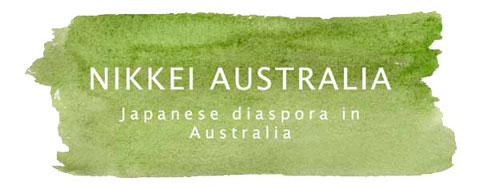Nikkei Australia member Sophie Constable is exhibiting artworks that bring attention to Japanese diaspora stories at the Global Mobility Humanities Conference to be held between 24-26 October 2024 at Konkuk University, Seoul.
Sophie has been working on a digitally quilted portrait series and woven suitcases embellished with textile work, drawing inspiration from people she has met through Nikkei Australia and her involvement in the Past Wrongs Future Choices project over the past two years.
The portrait series features the World War II experiences of people of Japanese ancestry in Australia, Canada, USA, and New Caledonia, encompassing life on the home front, civilian internment, military service, and becoming prisoners of war.
Many family photos and other possessions were lost during the War because of internment. This makes the photos that survived even more precious. But Sophie found that many people had trouble engaging with these old, black and white images.
So she reimagined these photos using digital images of colourful kimono and obi fabric because the patterns and textures are so eye-catching. The suitcases or kori bring an even more tangible element to the installation.
From the Meiji period, kori were carried on journeys of trade and resettlement across Asia, Oceania, and the Americas.
‘I fell in love with the kori when I saw them in Canada at a PWFC summer field school I attended last year,’ Sophie says. ‘Passed down the generations, through migration, arrest, dispossession, forced displacement, resettlement, these lightweight but sturdy cases had witnessed so much.’
In these kori, materiality and imagery have been woven in from each location settled by three families who were interned during WWII in Australia – the Mise, Ide and Nakashiba families. Their places of settlement include Broome, Darwin, Thursday Island, Sydney, and Hay and Tatura internment camps in Australia, Surabaya in the Dutch East Indies, Vancouver, Hamilton and Sandon internment camp in Canada, Panama, Taiwan and China.

Sophie questions the reductive notion of identity that classified Mise, Ide and Nakashiba family members as ‘Japanese aliens’ during WWII, despite the many and varied influences in their lives. Here, multiple identities from all the places lived are ‘woven in’ –Indonesian batik, Japanese silk, Australian wool, and Canadian flannel.
Sophie’s exhibition will also be part of the PWFC Art Showcase in Banff, Canada between 15-17 November 2024, as well as part of the Canberra Institute of Technology final year student exhibition from November 27, 2024.
Or you can check out Sophie’s individual works here.







Recent Comments